
The switch power supply circuit is mainly composed of fuses, thermistors, mutual inductance filters, bridge rectifier circuits, filtering capacitors, switch oscillator integrated circuits, switch transformers, optocouplers, three terminal regulators, etc. To design a high-performance switching power supply, it is necessary to understand and understand the types and main functions of various components in the switching power supply. The types and main functions of common components in switch mode power supplies are as follows: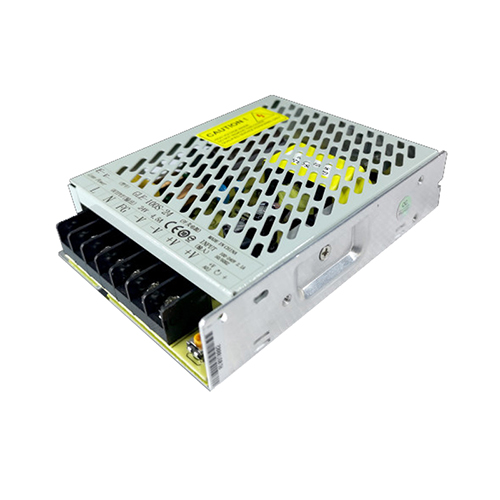
Resistor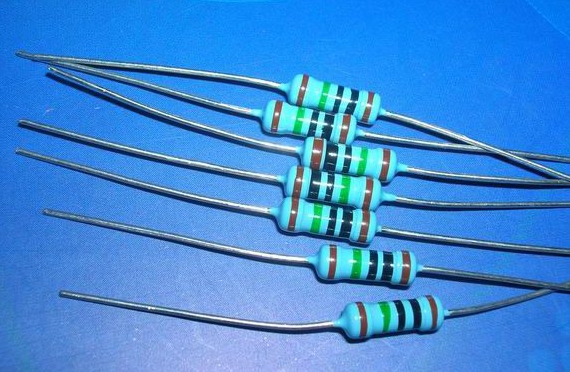
1. Sampling resistor - a sampling circuit that forms the output voltage and sends the sampling voltage to the feedback circuit.
2. Equalizing resistance - plays a voltage balancing role in the symmetrical DC input circuit of a switching power supply, also known as balancing resistance.
3. Divider resistor - forms a resistive voltage divider.
4. Discharge resistor - When power is cut off, it can discharge the charge stored in the capacitor of the electromagnetic interference (EMI) filter.
5. Current limiting resistor - serves as a current limiting protection, such as a current limiting resistor used as a voltage regulator, optocoupler, and input filtering capacitor.
6. Current detection resistor - used in conjunction with overcurrent protection circuits to limit the output current limit of switching power supplies.
7. Shunt resistor - provides a bypass for current.
8. Load resistance - The load resistance of a switching power supply (including equivalent load resistance).
9. Minimum load resistance - The minimum load resistance required to maintain the normal operation of a switching power supply, which can prevent output voltage from being too high due to load open circuits.
10. Fake load - a temporary load (such as resistance wire, cement resistance) connected during testing the performance indicators of a switching power supply.
11. Filter resistor - used as a filter resistor in LC type filters, RC type filters, and π type filters.
12. Bias resistor - provides bias voltage to the control terminal of a switching power supply or is used to stabilize the operating point of a transistor.
13. Protective resistor - commonly used in RC type absorption circuits or VD, R, C type clamp protection circuits.
14. Frequency compensation resistor - for example, an RC type frequency compensation network that forms an error amplifier.
15. Damping resistor - prevents resonance in the circuit.
Capacitors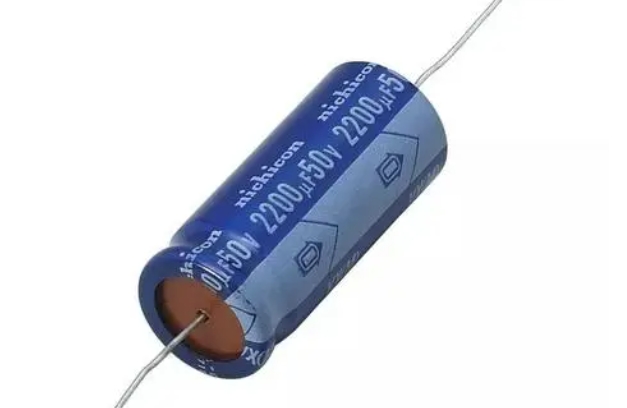
1. Filter capacitors - make up input filters, output filters, etc.
2. Coupling capacitor, also known as DC isolation capacitor, is used to isolate DC signals and only allow AC signals to pass through.
3. Decoupling capacitance - such as a power supply decoupling capacitor, can prevent the generation of self-excited oscillations.
4. Soft start capacitor - forms a soft start circuit, which slowly establishes the output voltage and output current during the soft start process.
5. Compensation capacitor - forms an RC type frequency compensation network.
6. Acceleration capacitor - used to increase the switching speed of transistors.
7. Oscillating capacitor - can form RC type and LC type oscillators.
8. Differential capacitance - forms a differential circuit to obtain sharp pulses.
9. Bootstrap capacitor - used to increase the power supply voltage of the input stage and can also form a voltage feedforward circuit.
10. Delay capacitor - forms an RC type delay circuit with a resistor.
11. Energy storage capacitors - such as pump capacitors in polarity reversal DC/DC converters.
12. Phase shifting capacitor - forms a phase shifting circuit.
13. Voltage doubling capacitor - forms a voltage doubling rectifier circuit with a diode.
14. Noise cancelling capacitor - used to filter out noise interference in circuits.
15. Neutralizing capacitance - Eliminating self-excited oscillations in amplifiers.
16. Capacitors for suppressing interference - In EMI filters, series mode and common mode interference can be filtered out separately.
17. Safety capacitor - including X capacitor and Y capacitor.
X capacitor - can filter out common mode interference generated by the coupling capacitors of the primary and secondary windings, and provide a return path for the interference current coupled from the primary side to the secondary side, preventing the current from coupling to the ground through the secondary side.
Y capacitor - can filter out series mode interference between power grids and is commonly used in EMI filters.
Inductor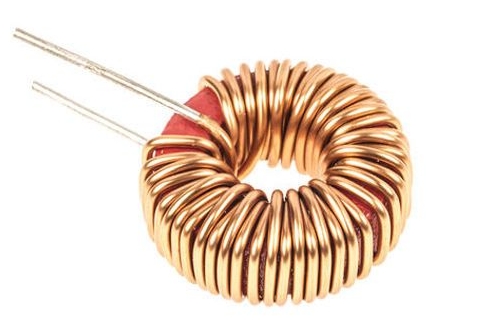
1. Filter inductance - constitutes an LC type filter.
2. Energy storage inductor - commonly used in buck or boost DC/DC converter circuits.
3. Oscillating inductance - forms an LC type oscillator.
4. Common mode inductance, also known as common mode choke, is commonly used in EMI filters to suppress common mode interference.
5. Series mode inductor, also known as series mode choke, adopts a single winding structure and is generally connected in series in the input circuit of a switching power supply.
6. Frequency compensation inductance - forms LC type and LCR type frequency compensation networks.
Transformer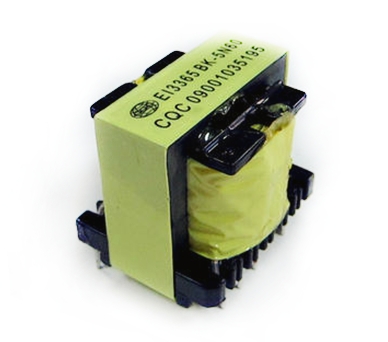
1. Power frequency transformer - Transforms and isolates the AC power supply, and then supplies power to the DC/DC converter (i.e. switch regulator) after rectification and filtering.
2. High frequency transformer - used for energy storage, voltage transformation, and isolation of high-frequency power supplies, suitable for switch mode power supplies without power frequency transformers.
Diode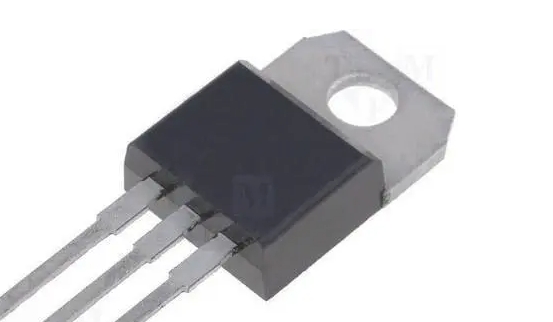
1. Rectifier diode - low-frequency rectification, high-frequency rectification.
2. Freewheeling diode - commonly used in buck DC/DC converters; If a freewheeling diode is connected in parallel at both ends of the winding of a relay, motor, etc., it can provide a discharge circuit for the back electromotive force and avoid damaging the drive tube.
3. Clamp diode - forms VD, R, and C type clamp circuits, absorbs peak voltage, and provides protection for MOSFET power field-effect transistors.
4. Blocking diode - a diode in a clamp protection circuit, also known as a damping diode.
5. Protective diode - used in half wave rectifier circuits to provide a circuit for AC power during the negative half cycle.
6. Isolation diode - can achieve signal isolation.
7. Anti saturation diode - Connecting a diode in series to the base of a power switch can reduce the saturation depth of the power switch and improve the turn off speed.
Rectifier bridge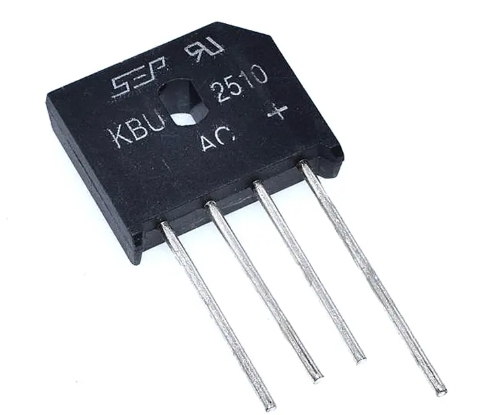
Convert the AC voltage into a pulsating DC voltage and send it to the filter. The rectifier bridge can be composed of four rectifier diodes, or a finished rectifier bridge can be used.
Stabilizing tube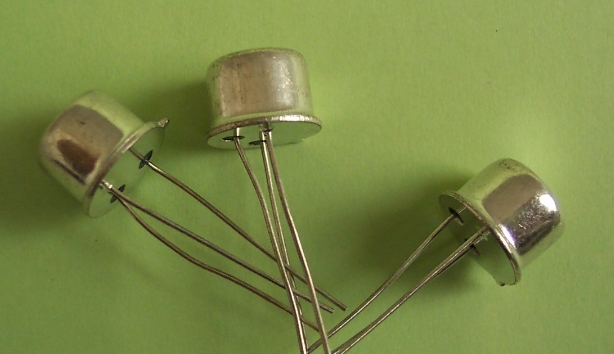
Construct a simple voltage stabilizing circuit; Connected to the output terminal of the switching power supply to stabilize the output voltage during no-load operation; A primary side clamp protection circuit is composed of a voltage regulator, fast recovery diode, and resistance capacitance components; Construct an overvoltage protection circuit.
Field-effect transistor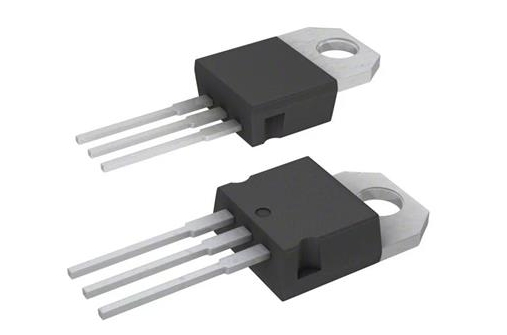
MOSFET is used as a power switch transistor for PWM modulators or switching regulators.
Operational amplifier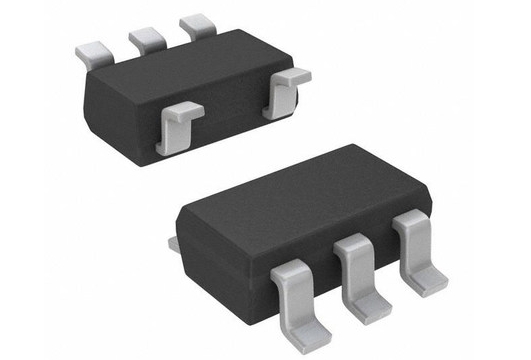
Construct external error amplifiers, voltage control loops, and current control loops.
Transistors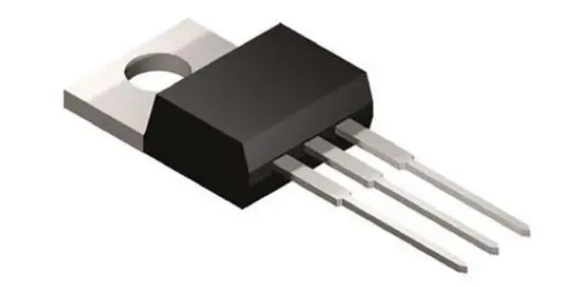
Power switch transistor used as PWM modulator; Construct a voltage control and current control loop for a constant voltage/constant current output switching power supply; The cut-off control loop that constitutes the cut-off output type switching power supply; The on/off control, undervoltage, overvoltage protection, overcurrent protection, and other circuits that make up the switch regulator.